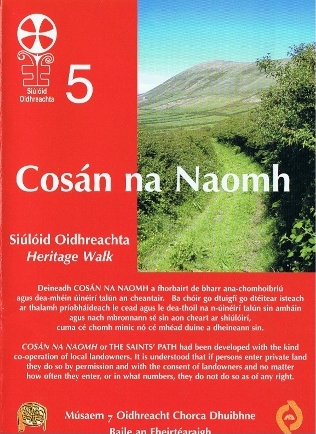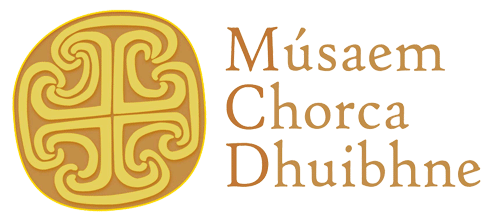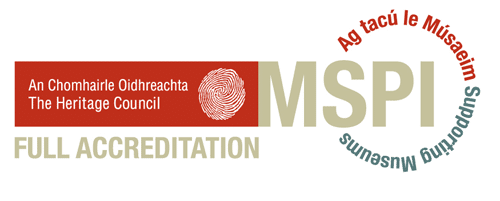The pilgrimage route, Cosán na Naomh (the Saints’ Path), which meanders through Corca Dhuibhne, with the summit of Mount Brandon originally as its goal, may well have pre-Christian origins.
Mount Brandon (which some suggest was known as Sliabh nDaidche in earlier times, although this is not certain) would always have been important to the people of the area, dominating the landscape as it does.
The pilgrimage was important from medieval times onwards, and was interlinked with the veneration of St Brendan. A focal point on the route was the Ecclesiastical site at Cill Maol Chéadar (Kilmalkedar), where many of the monuments are named after Brendan, even though the site itself commemorates another, local saint, Maol Chéadair.
Kilmalkedar was the main assembly site before pilgrims made the final leg of their journey to the top of the mountain, and was the parish church of the area until the mid-16th century or perhaps even later. There are many other monastic sites on the route of the Cosán, but most would probably have been abandoned as settlement sites by the 12th century, but many continued to be used as burial grounds.
Today it is possible to walk much of this ancient route, and a comprehensive guide was published by the Heritage Council, but is currently out-of-print. The route was one of several selected as a millennium project by the Council, to encourage people to use these old routes today, and also to raise awareness of the antiquity of the walk. Further information about walking routes on the Dingle Peninsula can be found on the web site of Dingle Peninsula Tourism.




